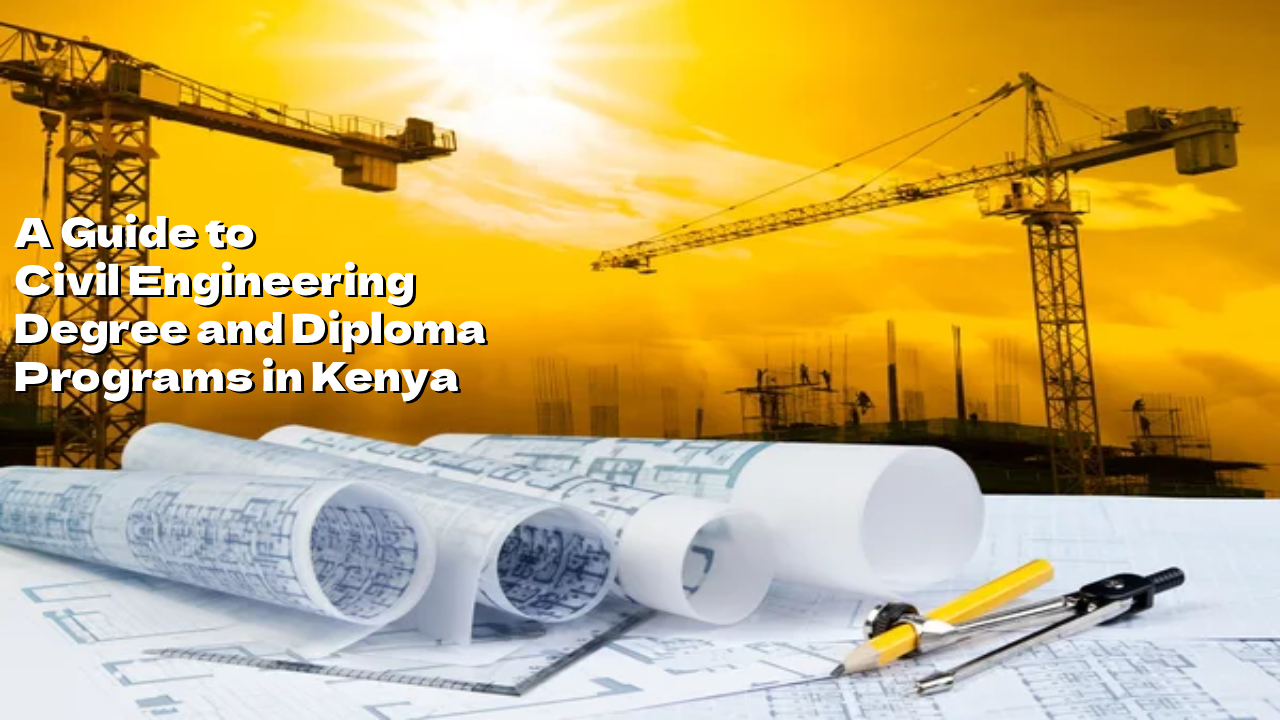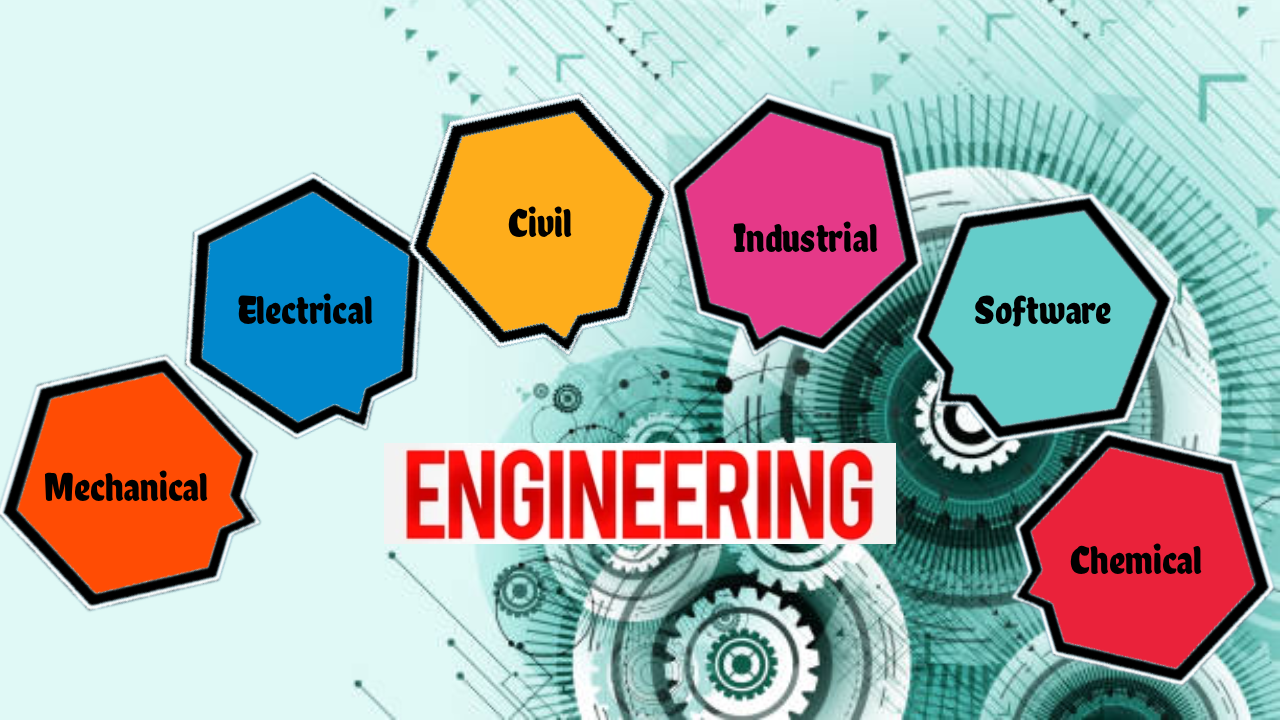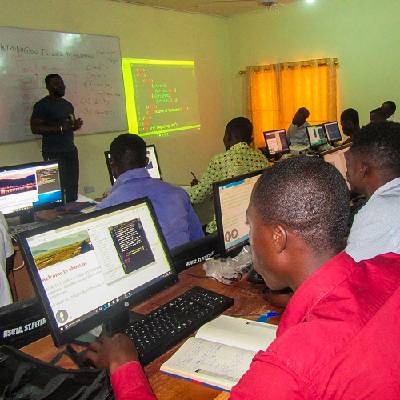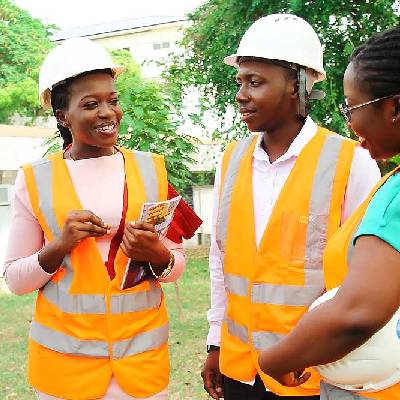
Carpentry is a skilled trade and a craft in which the primary work performed is the cutting, shaping, and installation of building materials during the construction of buildings, ships, timber bridges, concrete formwork and many more.
Carpenters traditionally worked with natural wood and did the rougher work such as framing, but today many other materials are also used and sometimes the finer trades of cabinetmaking and furniture building are considered carpentry.
Carpentry is usually basic woodwork measuring, sawing, nailing and screwing pieces of timber to each other.
Joinery is much more skilled using joints, what joint to use where, bending, laminating, knowledge of what wood is suitable for what purposes, what are its strengths and weaknesses, how to shape it to get profiles for things like skirting, architraves, tabletops. Joinery is a precise and skilled trade and can take several years to learn and often longer to master.
The knowledge extends to normal sizes of things such as chair and table heights , unit depths , how to calculate stair height, widths and angles . How to make panels , doors, Windows .
Career prospects:
- Carpenter
- Furniture,
- roofing,
- interior fittings
Progression path:
- Artisan Certificate of Building Technology
Entry Requirements
The Minimum Entry Requirements are:
- KCPE Certificate,
- Any other equivalent qualification as approved by KNEC.
The duration for the course is 4 years including compulsory industrial attachment
- Level one takes 2 years
- Level two takes 2 years
Objectives of Carpentry and Joinery (NVCET)
Vocational education in carpentry and joinery is education that prepares people to work as a carpenter. Vocational education is sometimes referred to as career and technical education.
The General Education component of the curriculum aims at providing the trainee with complete secondary education in critical subjects like English Language, Economics, Physics, Chemistry, Biology, Entrepreneurial Studies and Mathematics to enhance the understanding of machines, tools and materials of their trades and their application and as a foundation for post-secondary technical education for the above-average trainee.
Hence, it is hoped that trainees who successfully complete their trade and general education may be able to compete with their secondary school counterparts for direct entry into the polytechnics or colleges of education (Technical). The Social Studies component is designed to broaden the trainee’s social skills and their understanding of the environment.
Technical and Vocational Education and Training serves multiple purposes. A key purpose is the preparation of youth for work. This takes the form of learning and developing work-related skills and mastery of underlying knowledge and scientific principles. Work is broadly defined and therefore refers to both formal employment and self-employment. To support self-employment, TVET curricula often include entrepreneurship training. Related to this is the social reproduction and transformation of occupational and vocational practices
From a development point of view, TVET facilitates economic growth by increasing the productivity of workers. The returns from increased output far exceed the costs of training, direct and indirect, leading to economic growth.
TVET like any other form of education also facilitates socio-economic development by enhancing the capacity of individuals to adopt practices that are socially worthwhile.
As a form of education similar to all others, TVET aims to develop a broad range of personal capabilities that characterize an educated person. Thus, the provision of broad-based knowledge seeks to ensure critic-creative thinking.
TVET also aims at developing capacities for effective communication and effective interpersonal relations
Related articles
-

A Guide to Civil Engineering Degree and Diploma Programs in Kenya
08-Nov-2025 -

Electrical Engineering in Kenya: A 2025 Guide for KCSE Graduates
08-Nov-2025 -

Mechanical Engineering in Kenya: A 2025 Guide for KCSE Graduates
08-Nov-2025 -

Engineering Courses in Kenya: A Guide for 2025 KCSE Graduates
08-Nov-2025 -

Education Pathways in Kenya — From Basic Education to Tertiary | College Guide
06-Nov-2025 -

The Bird and the Mirror: A Reflection on Identity, Perception, and Illusion
07-Feb-2025
Colleges offering Carpentry and Joinery (NVCET)

Machakos Town
Kenya Israel Technical College

Matungulu
Katine Technical Training Institute

Machakos Town

